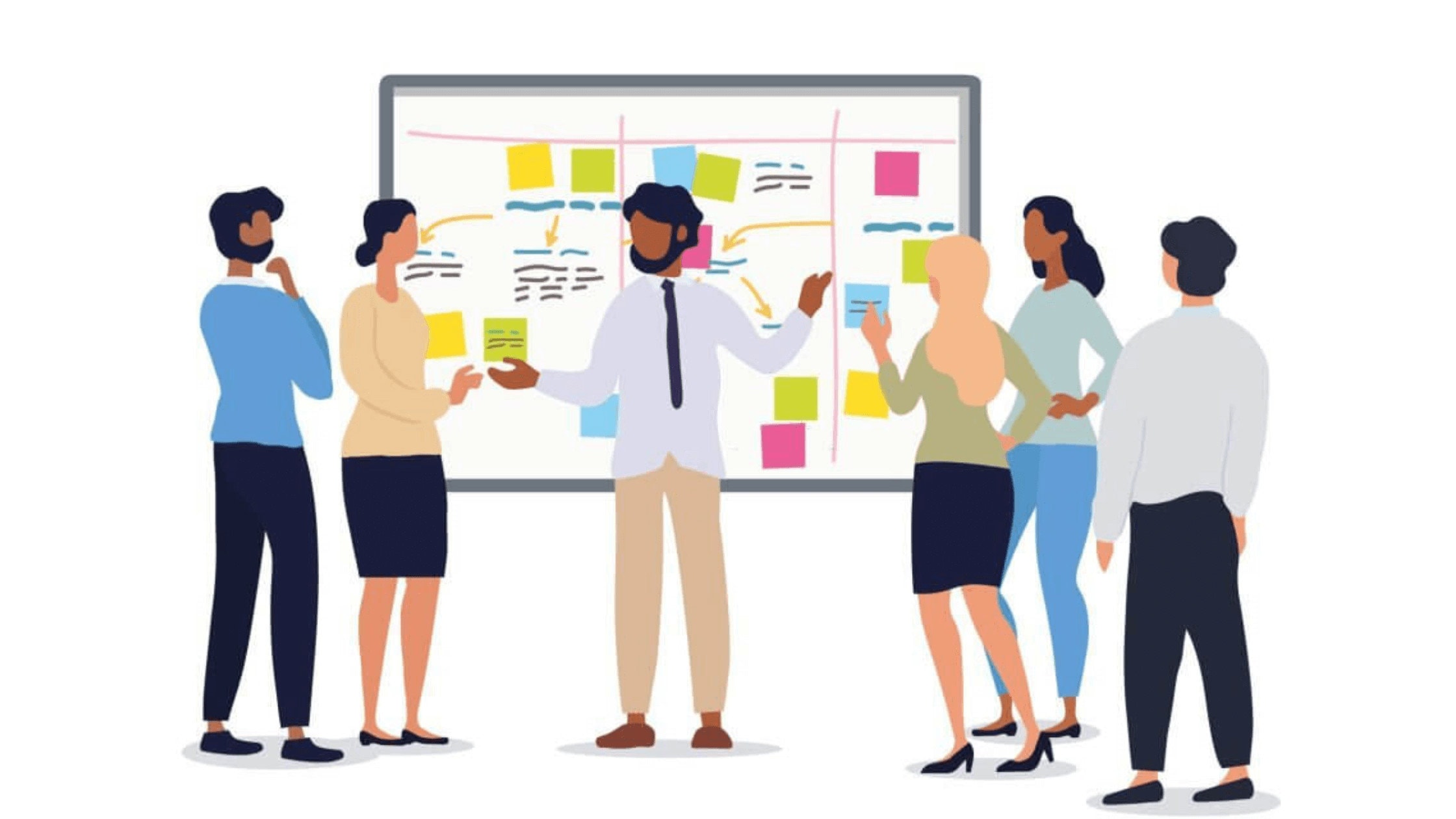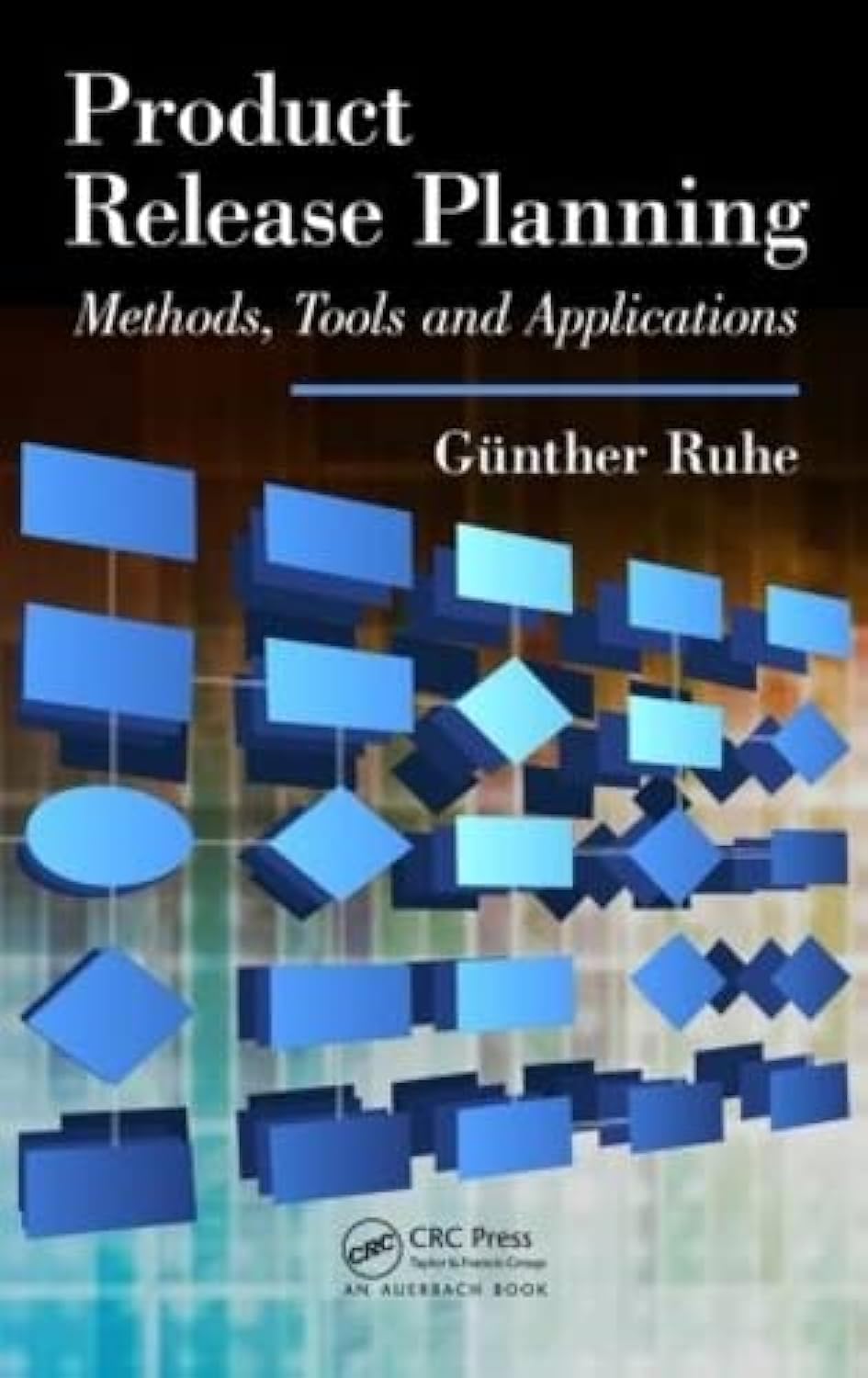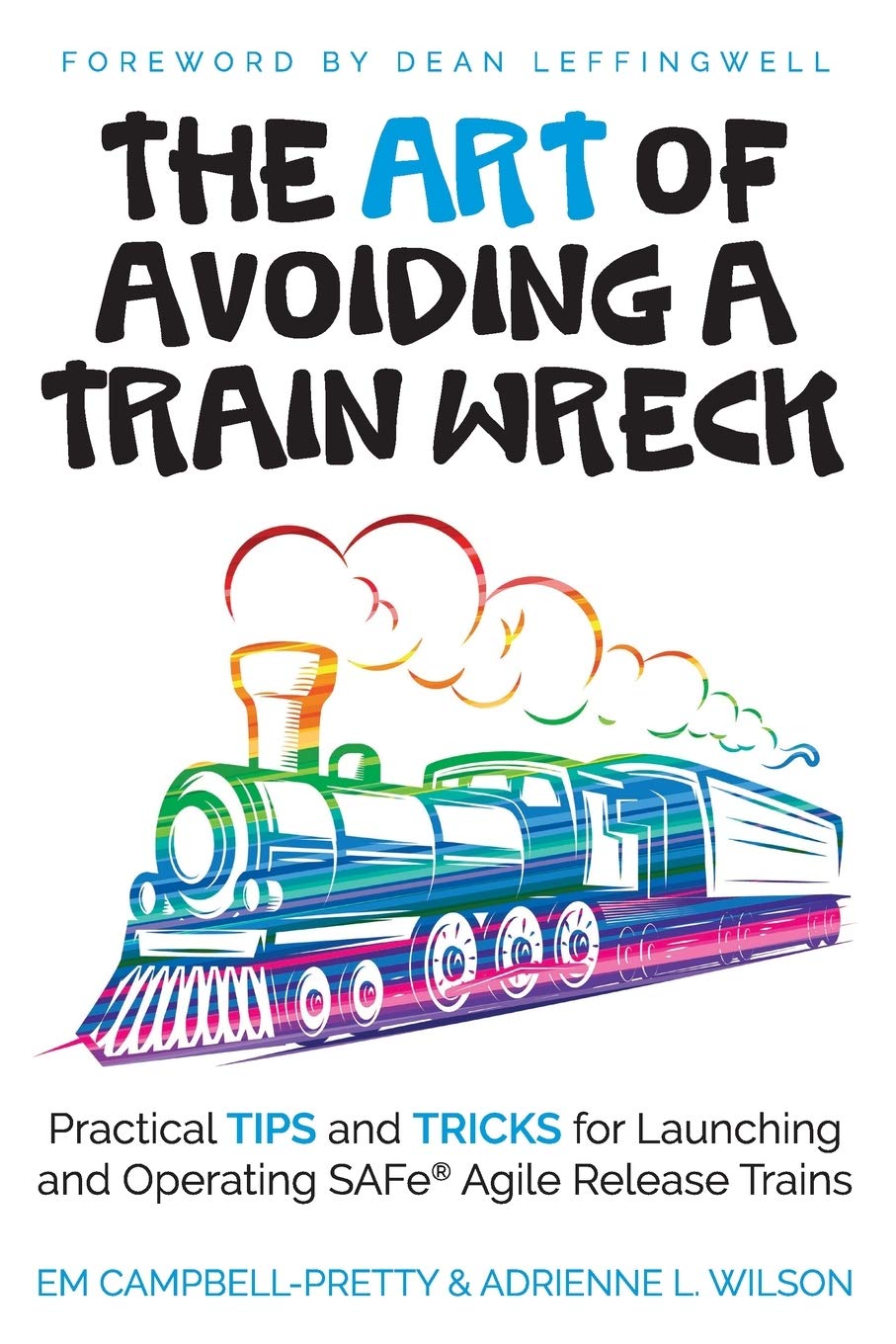
Release Planning
What is Release Planning?
Release planning is a project management process that outlines the timeline, scope, and deliverables for a product or system release. It serves as a high-level roadmap that guides the development team and stakeholders on what to build, when to build it, and how to deliver it to users. This process typically occurs at the beginning of a project or development cycle and is often used in agile and iterative project environments.
This planning aims to align team efforts with business objectives, manage expectations, and ensure that the most valuable features are delivered within a specified time frame. It helps reduce uncertainty, coordinate resources, and provide a shared understanding of release goals. While it does not dictate every detail, it provides a structured framework that supports decision-making throughout the project.
Key Points
- Focuses on defining the scope and timeline of product releases.
- Aligns team goals with business priorities and stakeholder needs.
- Helps manage risk by setting realistic expectations for delivery.
- Can be updated regularly to reflect changes in scope or priorities.
- Often includes input from product owners, developers, testers, and clients.
Related Terms
- The product backlog serves as a key input during release planning because it contains all features and requirements that teams may include in a release.
- A sprint planning session occurs more frequently and focuses on short-term tasks, while release planning looks at the bigger picture.
- The project roadmap offers a strategic view of project phases and often works in tandem with release plans to ensure the achievement of long-term goals.
- Scope management is essential during this process to avoid over-committing or under-delivering features.
- Stakeholder engagement ensures that business needs and customer expectations shape the release content.
Release Planning: Example
A software development team working on a new mobile app conducts a release planning session at the start of the project. The team identifies core features like user login, notifications, and in-app messaging for delivery in the first release. The team estimates effort using story points and commits to a three-month delivery schedule. They set release milestones, outline testing phases, and allocate resources accordingly. This plan becomes their guiding document for the upcoming development cycle.
Release Planning: Best Practices
- Involve cross-functional teams early to get diverse perspectives and buy-in.
- Prioritize features based on business value and user needs.
- Use historical data and team velocity to make realistic time and effort estimates.
- Review and adjust the plan regularly to accommodate changes.
- Communicate the plan clearly with all stakeholders to ensure alignment.
Additional Resources
Preparing for a PMI certification?
- Exam Prep Courses: PMP®, CAPM®, and PMI-ACP®
- Exam Simulators: PMP®, CAPM®, PMI-ACP®, PMI-PBA®, PMI-RMP®, PMI-SP®, PgMP®, and PfMP®
- Professional Development Units (PDUs): 15, 30, and 60 PDU Bundles




